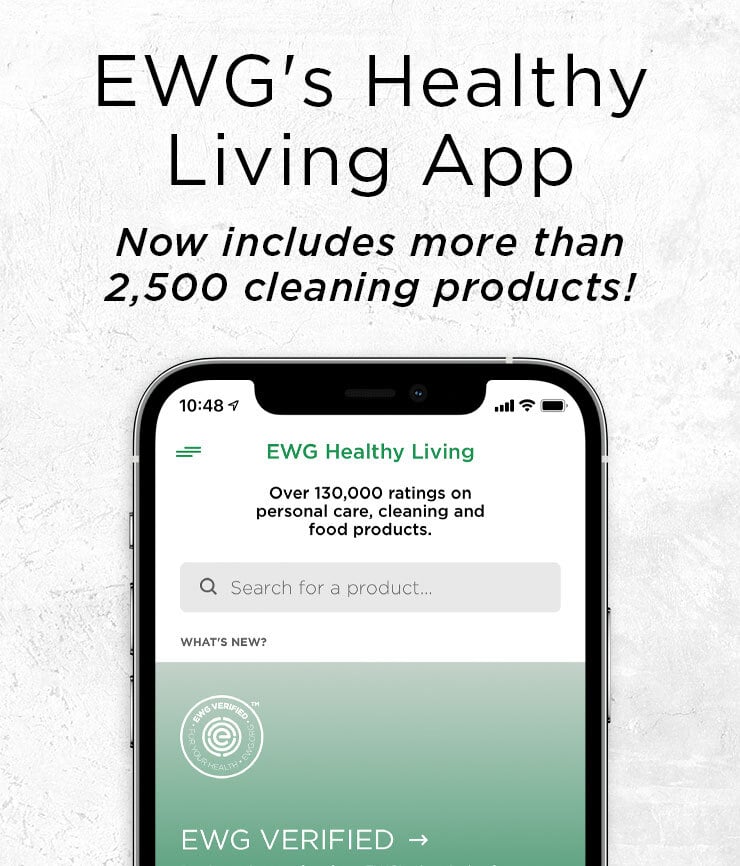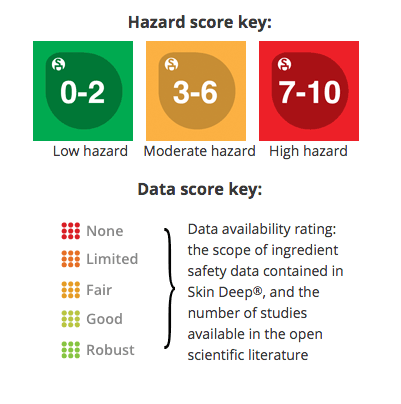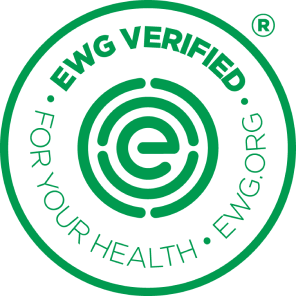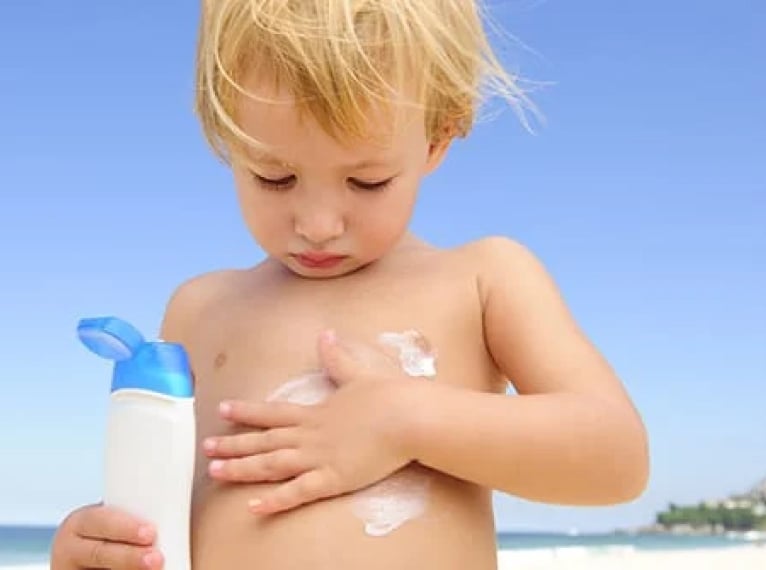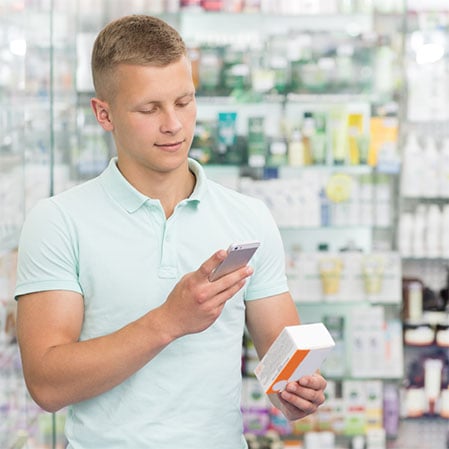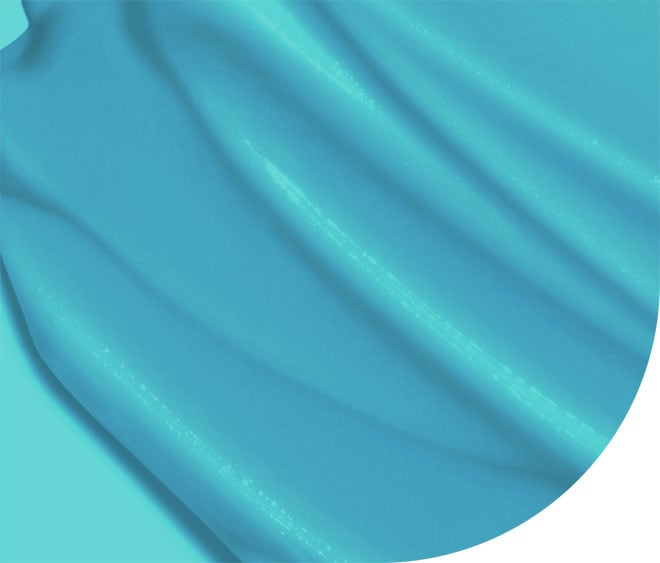
HOME / daily use SPF / moisturizer with SPF

Olay Regenerist Retinol 24 + Peptide Hydrating Moisturizer, SPF 30
Olay Regenerist Retinol 24 + Peptide Hydrating Moisturizer, SPF 30

WHERE TO BUY
Health Concerns
-
MODERATECancer
-
MODERATEAllergies & Immunotoxicity
-
HIGHDevelopmental and Reproductive Toxicity
-
HIGHUse Restrictions
Efficacy Concerns
-
Caution We have flagged this product with 3 concerns Contains retinyl palmitate, which may damage sun-exposed skin. Read more
Sunscreens can break down while still in the bottle. To be safe dispose of products when the mixture clumps or separates.
This product contains chemical active ingredient(s) that the FDA does not have enough health safety data to classify as safe and effective: AVOBENZONE , HOMOSALATE, OCTISALATE, OCTOCRYLENE. This product should not be used on kids younger than 3 years old.
-
moderateUVA/UVB Balance
Ingredient Scores
Ingredients are scored based on their formulation and concentration in this product. Click on an ingredient for more information.

|
AVOBENZONE active ingredient 3%
Data Availability: Fair
|


|
||||
|
||||||

|
HOMOSALATE active ingredient 9%
Data Availability: Good
|


|
||||
|
||||||

|
OCTISALATE active ingredient 4.5%
Data Availability: Fair
|


|
||||
|
||||||

|
OCTOCRYLENE active ingredient 6%
Data Availability: Good
|


|
||||
|
||||||

|
WATER
Data Availability: Robust
|


|
||||
|
||||||

|
GLYCERIN
Data Availability: Fair
|


|
||||
|
||||||

|
ZEA MAYS (CORN) STARCH
Data Availability: Fair
|


|
||||
|
||||||

|
NIACINAMIDE
Data Availability: Good
|


|
||||
|
||||||

|
PALMITOYL PENTAPEPTIDE-4
Data Availability: None
|


|
||||
|
||||||

|
PANTHENOL
Data Availability: Limited
|


|
||||
|
||||||

|
RETINOL (VITAMIN A)
Data Availability: Good
|


|
||||
|
||||||

|
RETINYL PROPIONATE
Data Availability: Fair
|


|
||||
|
||||||

|
DIMETHICONE
Data Availability: Fair
|


|
||||
|
||||||

|
CAPRYLYL GLYCOL
Data Availability: Limited
|


|
||||
|
||||||

|
DIMETHICONOL
Data Availability: None
|


|
||||
|
||||||

|
CETEARYL GLUCOSIDE
Data Availability: Fair
|


|
||||
|
||||||

|
CETEARYL ALCOHOL
Data Availability: Limited
|


|
||||
|
||||||

|
STEARIC ACID
Data Availability: Fair
|


|
||||
|
||||||

|
PALMITIC ACID
Data Availability: Fair
|


|
||||
|
||||||

|
STEARYL ALCOHOL
Data Availability: Fair
|


|
||||
|
||||||

|
CETYL ALCOHOL
Data Availability: Fair
|


|
||||
|
||||||

|
BEHENYL ALCOHOL
Data Availability: Limited
|


|
||||
|
||||||

|
DISODIUM EDTA
Data Availability: Limited
|


|
||||
|
||||||

|
HYDROXYETHYL ACRYLATE/ SODIUM ACRYLOYLDIMETHYL TAURATE COPOLYMER
Data Availability: None
|


|
||||
|
||||||

|
PEG-100 STEARATE
Data Availability: Fair
|


|
||||
|
||||||

|
1,2-HEXANEDIOL
Data Availability: Limited
|


|
||||
|
||||||

|
PHENOXYETHANOL
Data Availability: Good
|


|
||||
|
||||||
Ingredients from label
Active Ingredients: Avobenzone 3.0%, Homosalate 9.0%, Octisalate 4.5%, Octocrylene 6.0% Inactive Ingredients: Water, Glycerin, Zea Mays (Corn) Starch, Niacinamide*, Palmitoyl Pentapeptide-4**, Panthenol, Retinol, Retinyl Propionate, Dimethicone, Caprylyl Glycol, Dimethiconol, Cetearyl Glucoside, Cetearyl Alcohol, Stearic Acid, Palmitic Acid, Stearyl Alcohol, Cetyl Alcohol, Behenyl Alcohol, Disodium EDTA, Hydroxyethyl Acrylate/Sodium Acryloyldimethyl Taurate Copolymer, PEG-100 Stearate, 1, 2-Hexanediol, Phenoxyethanol

